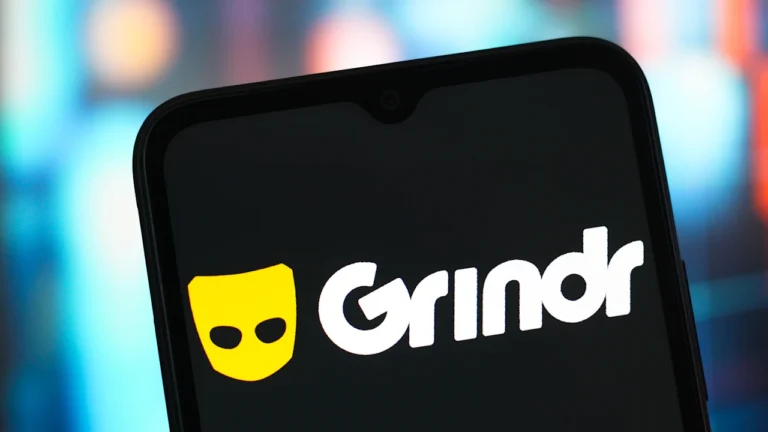
After a few slow years, M&A is heating up again. Crunchbase counted 537 M&A deals in Q4 2024. It’s the strongest quarter in seven years, up 46% year-over-year, much of it driven by an interest in AI.
AI acquisitions hit a record high in Q2 2025. One of them was my company, Kraftful.
Amplitude, a public company, acquired Kraftful to integrate our company’s AI-powered user feedback analysis directly into Amplitude’s platform, empowering product teams to see what their users did and said, all in one place. Kraftful turns messy, multi‑channel user feedback into prioritized product insights that will be directly tied to product usage in Amplitude.
Prior to the acquisition, I ran an M&A process involving 10+ potential buyers, from public tech giants to fast-growing private companies, and I learned a ton along the way. Here are eight lessons I learned from selling my company in the middle of an acquisition boom.
1. Startups are bought, not sold
You may have heard this phrase before. I had too. But here’s the nuance: It’s not that you can’t proactively sell your startup. It’s that acquisitions driven by an acquirer’s initial interest usually yield better outcomes, given your situation and the state of the market.
Our process started with inbound interest from a few companies looking to buy Kraftful for strategic reasons. To ensure the best deal, I also connected directly with CEOs, CTOs, and chief product officers at 25+ companies, leading to serious conversations with more than 10 companies. Ultimately, the companies that moved fastest were those who approached us first, because they already had a strong internal motivation to buy.
2. The big decision
Even if an acquisition starts with inbound interest, you still need to evaluate if it’s strategically right for your company, whether the timing makes sense, and if the opportunity cost of investing time in the process is justified even if the deal falls through.
If the opportunity looks promising, limit early conversations to a defined period to quickly validate genuine interest and viability. Ideally pursue an acquisition well before you’re low on runway so you don’t lose leverage if things drag out.
Market conditions matter too. When we first started our M&A process, the environment was very different than it is today. Right now, there’s an unusually high number of early-stage startups looking to get acquired, which makes securing the best possible outcome tougher.
3. The M&A process
An acquisition usually takes months, though it can be squeezed into days if both parties are motivated, like the recent Windsurf/Cognition deal.
Here are the main steps:
- Initial conversations
- Initial diligence
- Term sheet, typically a letter of intent (LOI)
- Deeper diligence
- Signing the definitive agreement
- (Sometimes) regulatory approval
Once you sign an LOI, you’re locked into an exclusivity period—so you’ll want to explore other options and negotiate key terms before signing an LOI. The more companies you can move to LOI in parallel, the better your outcome because you can explore all your options and use them as leverage during negotiations.
4. Invest in excellent M&A lawyers
I was lucky to have stellar lawyers by my side. They were experienced, fast, pragmatic, and willing to keep redlines minimal.
Choose counsel with relevant M&A experience. For example, being backed by Y Combinator, Kraftful raised on YC SAFEs during multiple funding rounds. SAFE is a standard YC financing instrument, but once you enter an acquisition process, those simple agreements often become a key area of legal complexity if you don’t have experience with them. Some of the M&A lawyers I interviewed had never touched a SAFE before. I spent our calls educating them before disqualifying them. Much better to learn that upfront than to risk bad advice mid-deal.
5. Beware of snooping
Yes, you’ll sign an NDA before acquisition talks. But in practice, little prevents a competitor from copying your product based on what they learn. Watch for red flags like unnecessary digging into the secret sauce of your product.
My main goal in talking with multiple acquirers was to land the best deal. A side benefit was recognizing the types of questions genuine acquirers ask. That helped me spot a competitor fishing for information and to avoid disclosing trade secrets.
6. Experienced acquirers move faster
The more experienced the acquirer, the faster they move. Speed is critical in M&A.
I learned this the hard way. One inbound company was highly motivated to acquire us but had never made an acquisition despite being around for 15+ years. During diligence, it became obvious why: They dragged their feet and could not make a decision. Even if they eventually had been able close the deal (unlikely), their slow culture would’ve made post-acquisition life painful for any founder.
7. Don’t get emotionally attached until you close
Easier said than done. After spending months in acquisition talks—often at the expense of growing your business—it’s tempting to feel obligated to sell. Resist that urge.
Throughout our process, I kept reminding myself of two things:
- Most acquisitions fall apart before closing: Nothing is certain until the ink is dry.
- I was genuinely excited about the company I was still building.
The best way to stay flexible? Keep shipping. Our last major product launch happened during diligence, just before closing. We pushed new features weekly right up until the end.
Staying emotionally detached helped me negotiate from a position of strength. On the flip side, whenever I let myself get too attached, I felt my leverage slip.
8. Use AI to your advantage
I leaned heavily on ChatGPT’s advanced reasoning models to educate myself on the M&A process and shape my strategy. I did much legal research myself with AI, then validated it with counsel.
As with any negotiation, the better you understand the playing field, the better your odds. I hope this playbook helps anyone considering M&A—or simply curious about how the process really works.
Yana Welinder is CEO and founder of Kraftful Inc.






